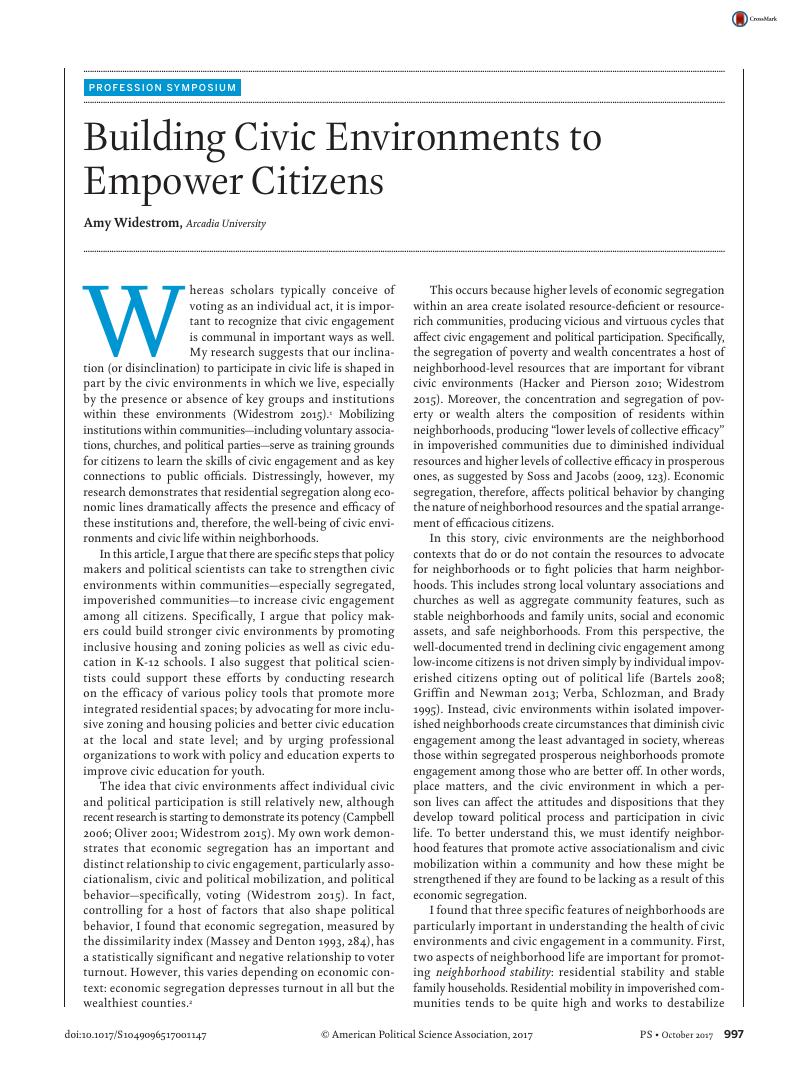Crossref Citations
This article has been cited by the following publications. This list is generated based on data provided by Crossref.
Zhang, Yongjun
2023.
Spatial segregation and voting behavior among Asian Americans in 2020 general election.
Social Science Research,
Vol. 116,
Issue. ,
p.
102929.



